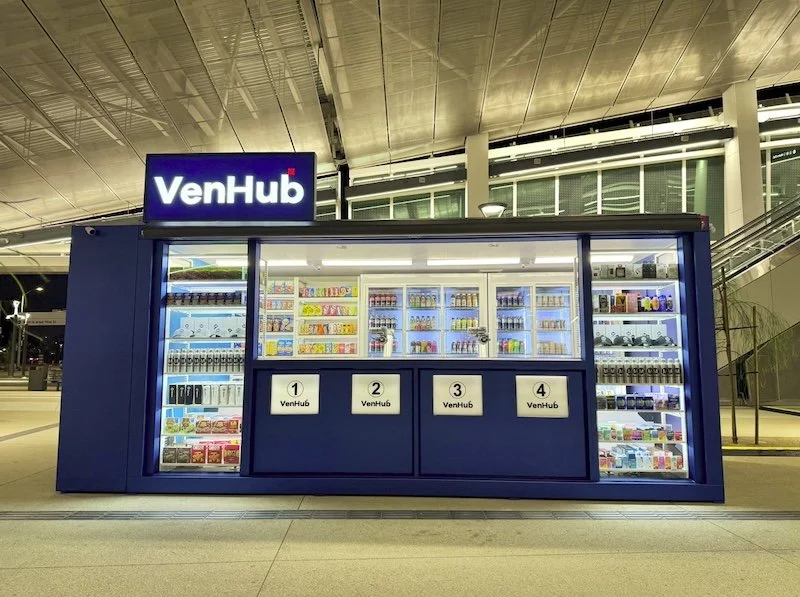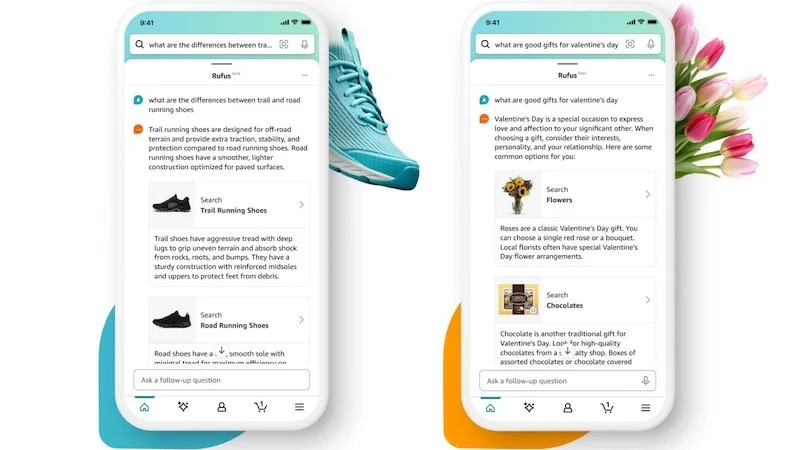Building a SaaS app: cost breakdown for 2024
A Software as a Service (SaaS) application can be a smart, long-term investment for those looking to offer cloud-based solutions that are accessible, scalable, and adaptable.
SaaS applications are cloud-based services where users access software over the web instead of downloading and installing it on individual devices. This model allows businesses to offer services on a subscription basis, providing clients with continuous access to updates and features without infrastructure management.
However, understanding the costs associated with developing such a platform is critical, notably if you’re exploring the option for the first time. Find out how much it costs to build a cloud-based application, which factors determine the price, and how you can benefit from SaaS models.
Five business benefits of investing in a SaaS app
For businesses considering whether the SaaS development cost is worthwhile, the potential long-term benefits often justify the initial investment.
1. Scalability
The beauty of SaaS lies in smooth scaling, which allows you to grow without the hassle of managing infrastructure. As your user base expands, so does the platform's functionality, supporting more users and offering new features without needing costly upgrades.
2. Recurring revenue
SaaS platforms often operate on a subscription model, providing a steady stream of recurring revenue. This makes it easier to predict cash flow and revenue growth over time, creating a more sustainable business model.
3. Global reach
Cloud-based SaaS platforms allow businesses to reach a global audience with minimal effort.
Customers from around the world can access your app as long as they have an internet connection, making it easier to scale internationally without significant infrastructure investment.
4. Continuous updates.
One key benefit of SaaS applications is the ability to provide continuous updates to users without requiring them to install new versions. This way, the latest features and security patches will always be available to your customers. At the same time, your platform will be more competitive and secure.
5. Cost efficiency
By sharing infrastructure costs across multiple users, SaaS products can significantly reduce operational expenses. In other words, you no longer need to invest in expensive hardware or dedicate resources to managing on-premise systems.
Six factors influencing the cost of building a SaaS app
The cost of developing a SaaS app differs significantly depending on several factors. By understanding these, you can better estimate their budgets and set realistic expectations.
1. Scope and Complexity of Features
The more advanced the features, the higher the cost. Basic features like user authentication, dashboards, and standard analytics are less pricey than complex ones, such as custom reporting, multi-language support, or API integrations.
The complexity of the user interface (UI) also impacts development hours and cost, especially when personalization or advanced interactions are involved.
2. Development Time and Team
Development time varies based on project scope and team size, ranging from months to over a year.
Smaller teams may cost less, but larger, more experienced teams ensure better quality and scalability. A standard team includes front-end/back-end developers, designers, testers, and project managers.
3. Cloud Infrastructure
Cloud platforms like AWS and Google Cloud offer flexible pricing, where you pay based on usage (storage, bandwidth, etc.). Your user base size and feature set affects infrastructure costs. Cloud-based solutions also help avoid upfront server investments.
4. Third-Party Integrations
Most SaaS platforms benefit from integrations with other software, such as payment gateways, CRMs, and accounting systems. While these integrations enhance functionality, they come with additional development and maintenance costs.
Using third-party APIs for services like payment processing may also come with subscription fees or transaction charges.
5. Security and Compliance
Implementing security measures (e.g., encryption, two-factor authentication) is crucial for healthcare, financial, or logistics apps handling sensitive data. Compliance with regulations like GDPR, HIPAA, or PCI DSS can add to both development and operational costs.
6. Post-Launch Maintenance and Upgrades
Regular updates ensure that the application stays secure, bug-free, and competitive in the market. These updates could include fixing bugs, polishing performance, or introducing new features with user feedback in mind.
Cost breakdown
To give you a clearer picture, here’s a general breakdown of the development costs for building a SaaS application based on different factors:
● Small SaaS apps with basic features might cost between $25,000 to $60,000.
● Medium-sized large apps, which offer more advanced features and a more intricate design, might range from $60,000 to $150,000.
● Enterprise-level apps with complex integrations and a high level of customisation can cost from $150,000 to $500,000 or more.
Note that these figures are only estimates and can vary based on your provider's pricing and your unique objectives.
Conclusion
Building a SaaS application is a significant investment.
Still, if done correctly, it offers numerous advantages business wise. From scalability and cost-efficiency to global reach and continuous updates, SaaS platforms provide long-term value for businesses aiming to deliver future-proof solutions.
While costs may range based on the platform's complexity, partnering with experienced developers and leveraging cloud infrastructure can ensure your SaaS app is a success.































Continue reading…